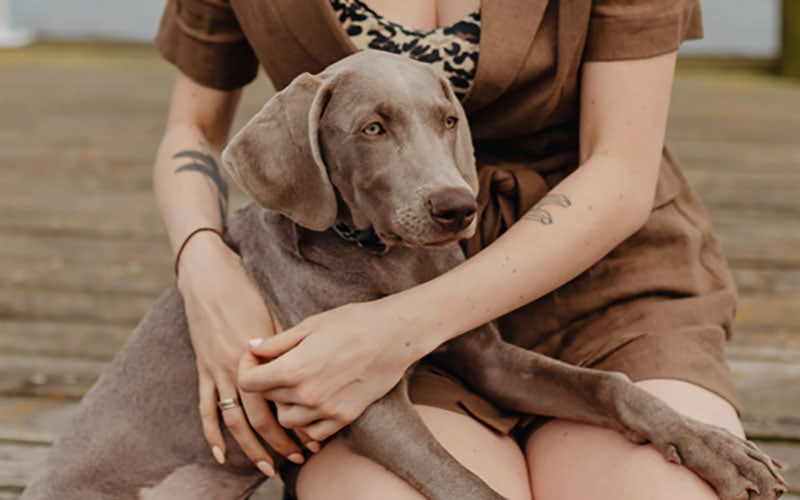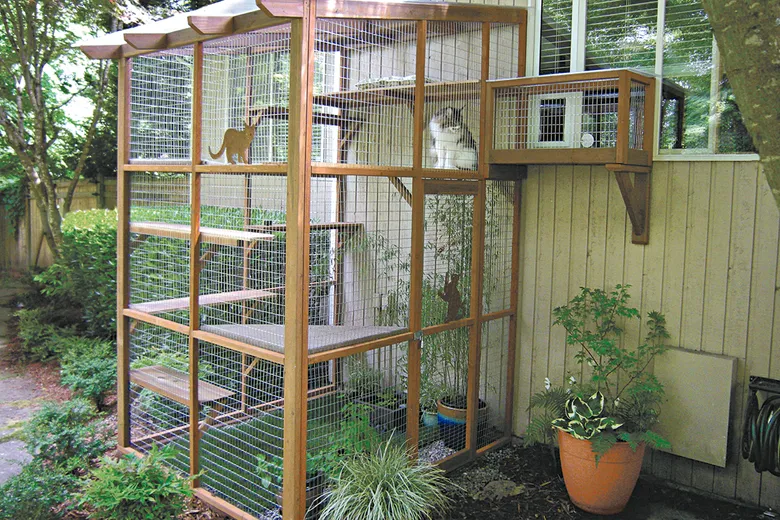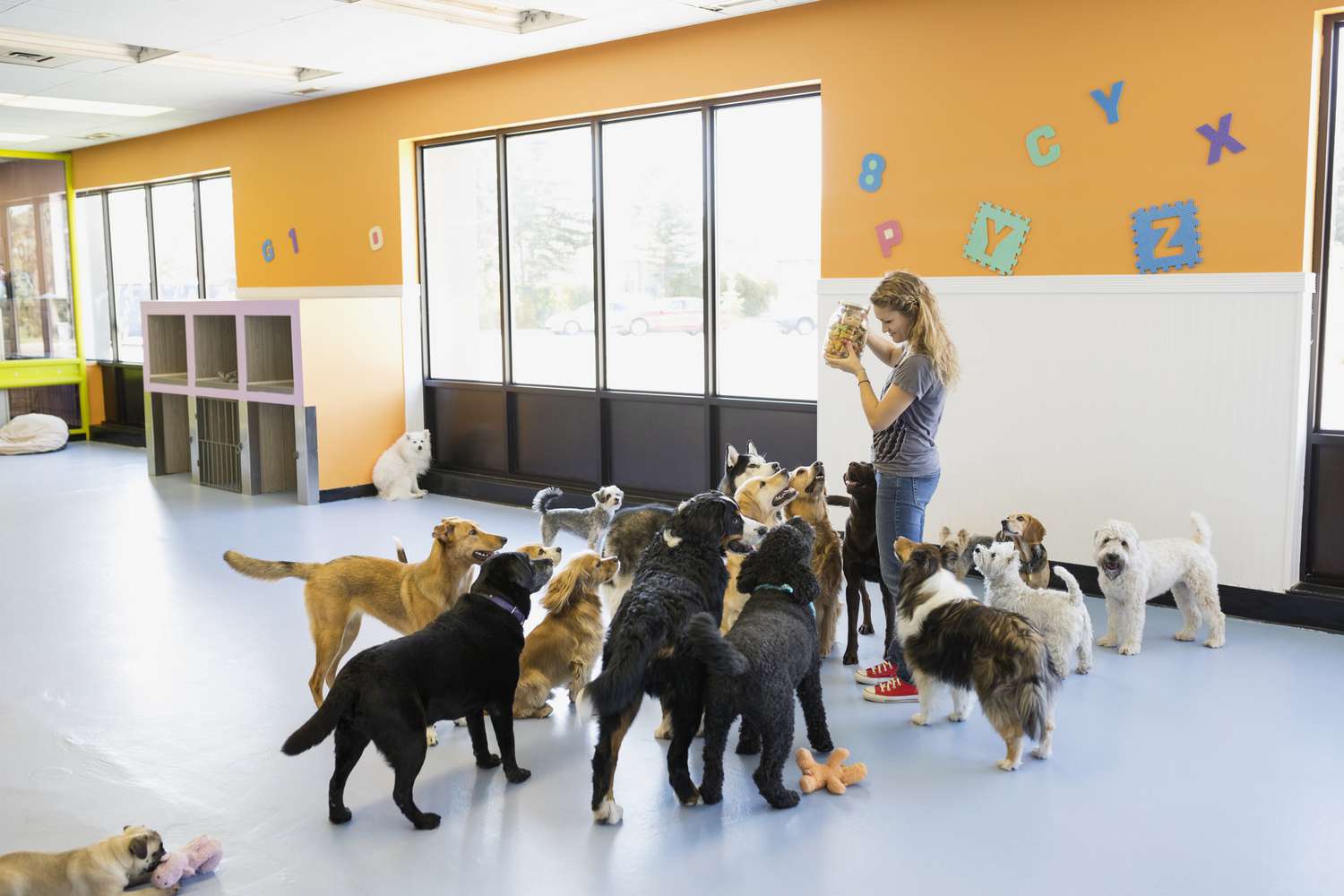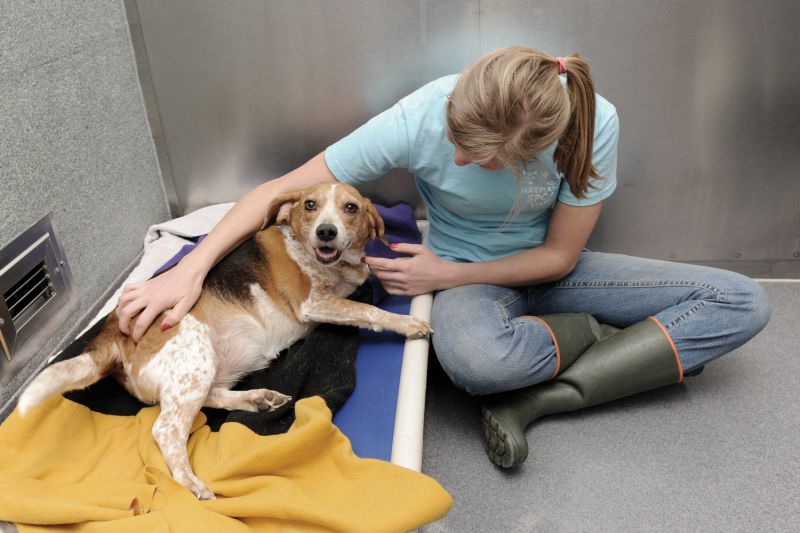Providing a safe and comfortable shelter for your pets is a fundamental responsibility of pet ownership. Whether it’s for daily living or during emergencies, finding the right shelter for your pets ensures their well-being and happiness. This article will guide pet owners through the essentials of pet sheltering, covering everything from home setups to emergency shelters.

Why Pet Sheltering is Crucial
Pet sheltering is not just about providing a roof over your pet’s head. It’s about creating a safe, comfortable, and nurturing environment where they can thrive. A well-sheltered pet is less likely to experience stress, anxiety, and health problems.
Primary keyword: pet sheltering for owners LSI keywords: pet housing, pet safety, emergency pet shelters
Home Sheltering: Creating a Pet-Friendly Space
Creating a pet-friendly home is the first step in proper pet sheltering. Here are some tips to ensure your home is a safe haven for your pets:
1. Designated Pet Area Set up a specific area in your home where your pet can feel secure. This could be a cozy corner with their bed, toys, and water bowl.
2. Pet-Proof Your Home Just like childproofing, make sure your home is safe from potential hazards. Keep toxic plants, electrical cords, and small objects out of reach.
3. Comfortable Bedding Provide soft, comfortable bedding that suits your pet’s needs. For example, orthopedic beds for older dogs or heated pads for small pets during winter.
4. Safe Outdoor Spaces If your pet spends time outdoors, ensure the area is secure with proper fencing. Provide shade and access to fresh water.

Emergency Pet Sheltering: Be Prepared
Emergencies can strike at any time, and having a plan for your pets is essential. Here’s what you need to know about emergency pet sheltering:
1. Identify Local Pet-Friendly Shelters Know the locations of pet-friendly emergency shelters in your area. Some shelters may only accept pets during disasters, so it’s crucial to have this information in advance.
2. Create an Emergency Kit Prepare an emergency kit that includes food, water, medications, identification tags, and a first-aid kit for your pet.
3. Have a Transportation Plan Ensure you have a reliable means to transport your pets safely during an emergency. This includes carriers for small pets and leashes or harnesses for larger ones.
4. Microchip Your Pets In case you get separated from your pet, a microchip can help reunite you. Make sure the microchip information is up-to-date.
Temporary Sheltering: Pet Boarding and Daycare
Sometimes, you might need temporary sheltering options for your pets, such as during vacations or long work hours. Here are some options:
1. Pet Boarding Facilities Choose a reputable boarding facility where your pet will be well taken care of. Visit the facility beforehand to ensure it meets your standards.
2. Pet Sitters Hiring a pet sitter is a great option if you prefer your pet to stay in the comfort of their own home. Make sure the sitter is experienced and trustworthy.
3. Doggy Daycare For social and active dogs, doggy daycare can be a fantastic way to keep them entertained and exercised during the day.

Sheltering for Special Needs Pets
Pets with special needs require extra attention when it comes to sheltering. Here’s how to cater to their unique requirements:
1. Accessibility Ensure your home is accessible for pets with mobility issues. This might include ramps or non-slip surfaces.
2. Special Equipment Invest in special equipment like feeding aids or orthopedic beds that cater to your pet’s specific health needs.
3. Regular Veterinary Care Regular check-ups are crucial for special needs pets to monitor their health and adjust their care plan as needed.

Conclusion
Pet sheltering is an integral part of responsible pet ownership. By providing a safe, comfortable, and nurturing environment, you ensure your pet’s physical and emotional well-being. Whether it’s creating a pet-friendly home, preparing for emergencies, or finding the right temporary shelter, taking these steps will help your pet lead a happy and healthy life.
This article not only provides practical advice but also ensures the inclusion of relevant keywords and phrases to optimize it for search engines. The use of engaging storytelling and practical tips makes the content relatable and valuable for pet owners who are the target audience.
